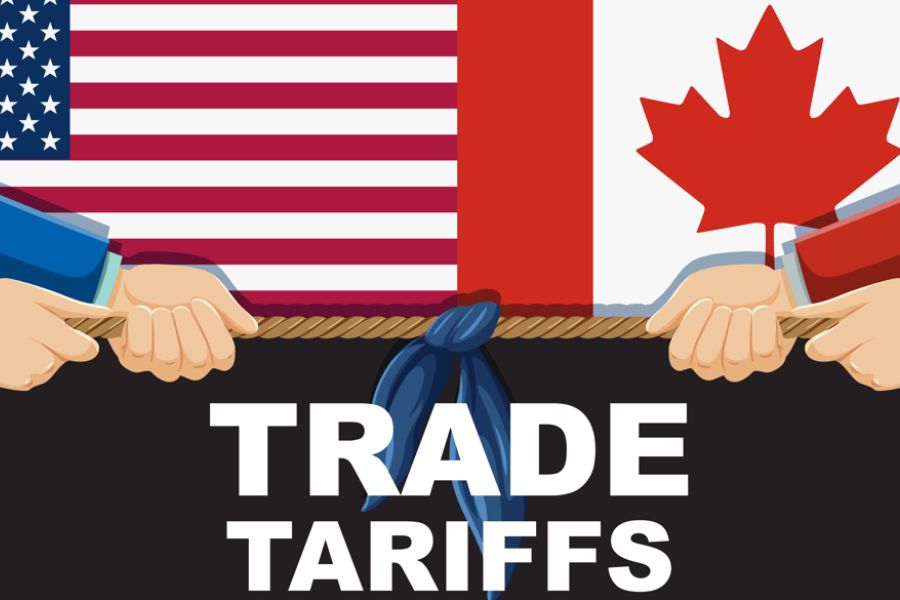A Sale-Leaseback: A Different Financing Option Explained
.jpg)
As a contractor, operator, or business owner, you probably know some of the options presented in obtaining new equipment for you. From owning to renting and financing to leasing, they all have their benefits.
In our blog page, we cover plenty of topics, including reasons why you would lease heavy machinery in the first place.
In this article, we discuss what a sale-leaseback is and how it could work for your operation.
What Exactly is a Sale-Leaseback?
Put simply, a sale-leaseback is when the owner of an asset sells it to a leasing company (Blue Capital) and then the owner leases it back from them. Companies often do this in real estate. Since a large sum of money is held in real estate, a company may sell their share to free up cash to invest elsewhere or to pay off debts.
Sale-leasebacks are done in other sectors too, such as heavy machinery and equipment.
Why Would I want a Sale-Leaseback?
At first, it seems counterintuitive. Let’s break down why a business owner would sell an asset in the first place: cash.
Your company may not be able to take out a line of credit with the amount you need in mind. Some lines of credit (LOCs) could have higher interest rates and harsher terms than sale-leasebacks. Similar to taking out a loan, a sale-leaseback would be tax deductible, being classified as a business lease expense.
Thinking about it logically, a sale-leaseback could make the most sense for you. Do you like your piece of equipment and do you wish not to part with it completely? Would it be advantageous for you to have more cash immediately to invest in seasonal construction, acquire a partner, or for another reason?
What Assets Do I Need for a Sale-Leaseback?
Typically, sale-leasebacks are used when a company has assets with high fixed costs. The equipment we finance, like construction equipment, tractors, commercial trucks and heavy machinery, would be approved.
You likely have the option for a sale-leaseback with us if you own heavy equipment in construction, agriculture, landscaping, forestry or manufacturing.
The Main Benefits of a Sale-Leaseback
The process of obtaining a sale-leaseback may look similar or different to getting a loan, depending on the option selected. There are a few distinct benefits of a sale-leaseback compared to loans or a line of credit.
Taxable Benefits
Your equipment financing broker will be working in your best interest to make your sale-leaseback as tax-friendly as possible. Depending on the structure of your agreement, you may be able to write off up to 100% of the sale-leaseback expense.
Easier To Qualify
Your financing partner takes on less risk since you're bringing an owned asset to them. If you don’t have the perfect credit score or little credit history, you still can qualify compared to a loan or LOC.
Terms That Work For You
The financing terms are often more favourable in a sale-leaseback agreement. Since you’re offering owned equipment, you can help shape the terms in the agreement. You can discuss your options with your financing partner for competitive financing rates, payment amounts and lease terms.
What Do I Need To Qualify?
The main conditions you have to meet for a sale-leaseback are simple.
- You are required to own the equipment (or be very close to paying it off completely).
- The equipment for the sale-leaseback needs to have resale value. If it has no value, your financing partner has no reason to buy it from you.
Contact Us at Blue Capital To Discuss Your Options
What do you think about a sale-leaseback agreement? If you want to learn about what your options are with your equipment, don’t hesitate to reach out and look into your leasing options today.


